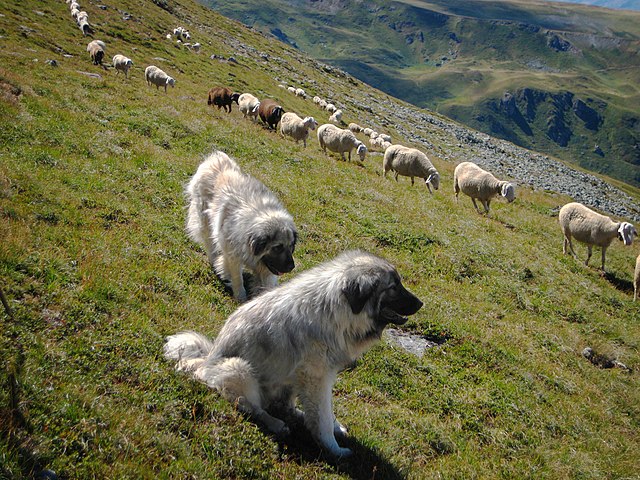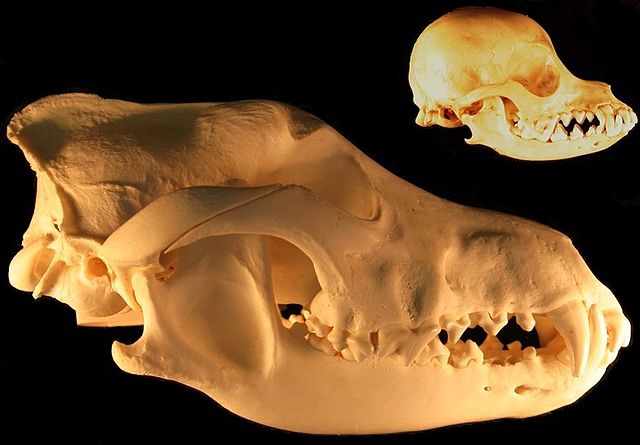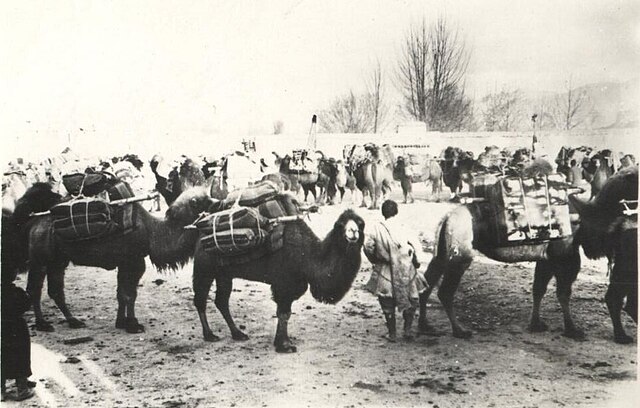A landrace is a domesticated, locally adapted, often traditional variety of a species of animal or plant that has developed over time, through adaptation to its natural and cultural environment of agriculture and pastoralism, and due to isolation from other populations of the species. Landraces are distinct from cultivars and from standard breeds.
Domestic shorthair cat, a landrace of Felis catus
A basket of landrace snap melons Cucumis melo subspecies agrestis, cultivar group Momordica from Pemba town, northern Mozambique. The landrace incorporates different colours and patterns of the fruit surface and is the only melon cultivar group in northern Mozambique.[citation needed]
A morphologically diverse group of fruit from the Zapallo Plomo landrace of Cucurbita maxima squash
Carosello and Barattiere, Italian landraces of Cucumis melo whose fruits are eaten unripe
Domestication is a multi-generational mutualistic relationship in which an animal species, such as humans or leafcutter ants, takes over control and care of another species, such as sheep or fungi, so as to obtain from them a steady supply of resources, such as meat, milk, or labor. The process is gradual and geographically diffuse, based on trial and error.
Dogs and sheep were among the first animals to be domesticated, at least 15,000 and 11,000 years ago respectively.
Rice was domesticated in China, some 13,500 to 8,200 years ago.
Domesticated animals tend to be smaller and less aggressive than their wild counterparts; many have other domestication syndrome traits like shorter muzzles. Skulls of grey wolf (left), chihuahua dog (right)
While dogs were commensals, and sheep were kept for food, camels, like horses and donkeys, were domesticated as working animals.








